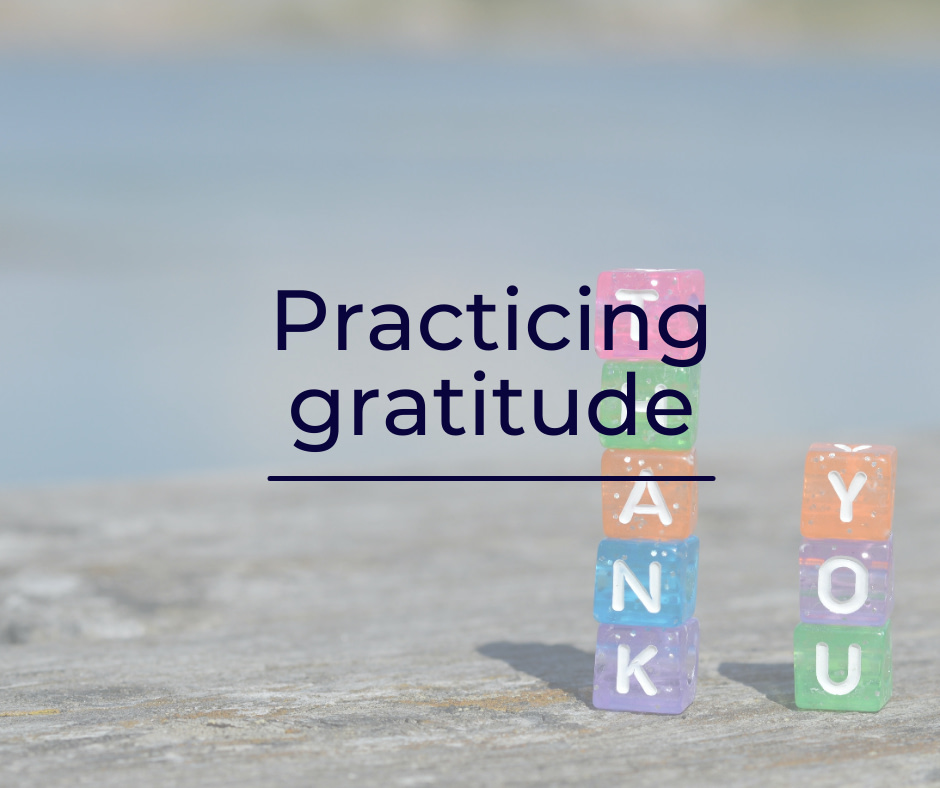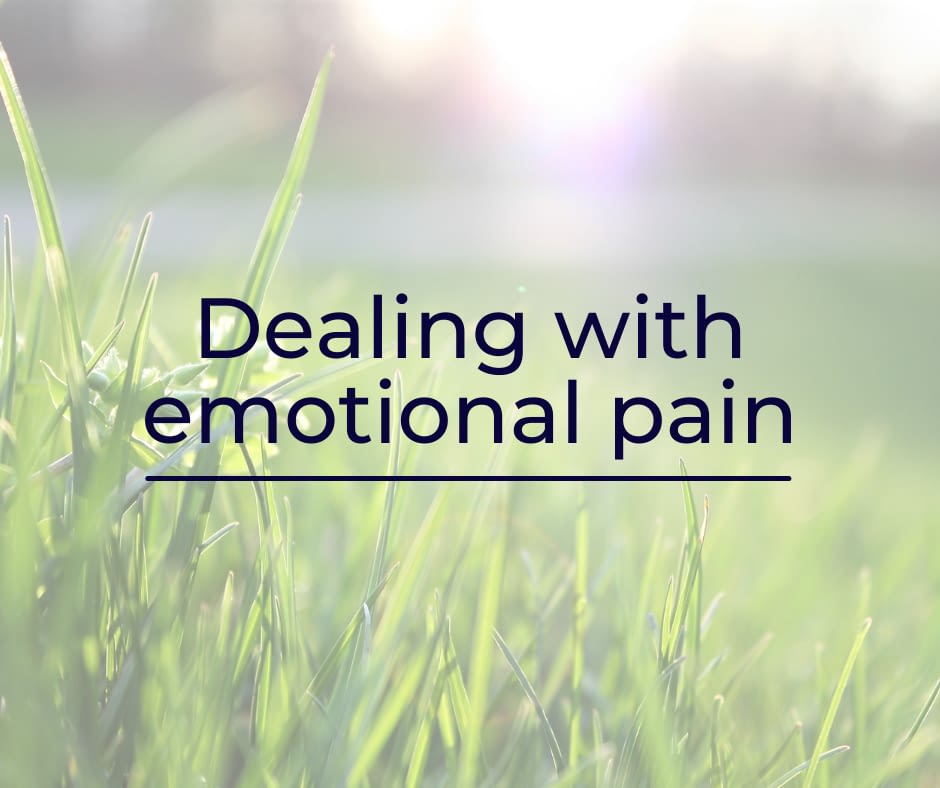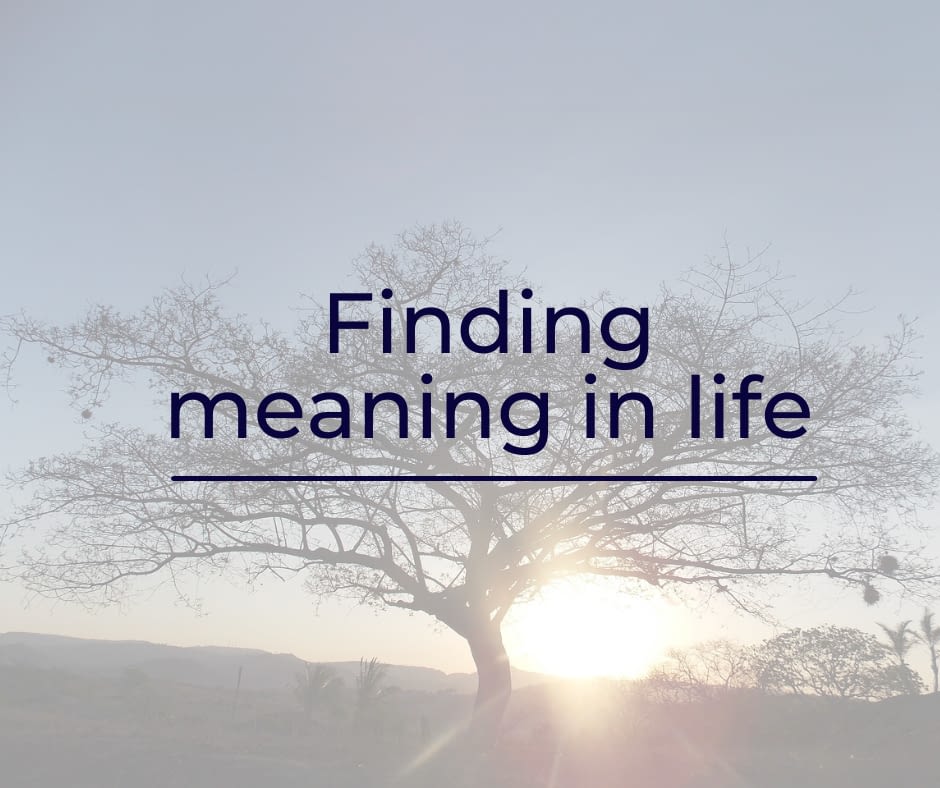Being grateful means being thankful and acknowledge your appreciation. It can be spontaneous, for example when you receive a gift or a compliment, or a bit “forced” when you intentionally want to practice it.
The good news is that the more you practice gratitude, the more natural it becomes, just like everything in life 😉
There are numerous researches about the benefits of gratitude and the effects go way beyond boosting the mood. Studies have shown that this practice also rewires how our brain perceives events and how our perception shifts to look at the glass half full. And sincerely, who doesn’t want that? (I wonder).
I started to do my gratitude about a year ago. Looking back, I can now see some significant changes within me and positive ones. If this article could convince just one of you to get started, I would be … grateful 😉
Where to start?
There is no right or wrong way to practice gratitude. Originally, it’s a natural emotion that makes us feel happy. Because its effects are so beneficial, and because feeling happy is pretty nice, the idea is to feel grateful on a regular basis to benefit from it.
Note: When I say that I “do ” my gratitude, I mean that I write down things that I’m grateful for. There are many ways to practice it and this is why I want first to go through the different medium options.
Choose your medium
Written or verbal? How do you feel more comfortable in doing your gratitude?
While writing down your gratitude could take many forms, expressing your gratitude verbally can be done mentally, talking to yourself, or sharing it directly with someone. Whatever you choose, decide how regularly you want to do it (every day, once a week) and when (morning or evening).
Disclaimer: choosing one method doesn’t prevent you from using another 😉 Find what works best for you.
Counting your blessing mentally
Go mentally through your day and look for things that made you feel joyful. When you find one, pause for a moment and feel that emotion again. You can mentally say something like “I’m grateful for …” or simply “Thank you”. You don’t even have to say it, as long as you feel it, but if you’re new to this practice, it may help.
Counting your blessings verbally
This is something I tried to do with my partner on and off but we weren’t regular enough. I’m tempted to put the blame on him for not initiating the practice but it wouldn’t be to fair (although, I just did it :p).
If you’re living with someone, be it a partner or a friend, who’s on the same page as you and want to get started, you can become “gratitude-buddies”. Sharing your gratitude together is a nice moment and speaking it out loud has a different vibration too. It’s a bit like Thanksgiving but not just once a year.
Gratitude journal vs app
I prefer writing down my gratitude, and I prefer doing it with a pen. I remember using an app at first, and just for that, I’m grateful for it 😉 as it enabled me to get started. I liked the app because I always have my phone near me which isn’t the case with a diary. Unfortunately, as much as I dislike admitting it, having to do a few extra steps to get a piece of paper and a pen can be very discouraging, even when your intentions are good.
Once the habit was there I felt like I was using too often the same reasons to be grateful for because I wasn’t much “inspired” and couldn’t feel the emotion with it. I’ll go back to that point further down.
When I switched to handwriting, this changed. The sensation was different, I felt less limited and I could feel the emotion related to what I was writing. Whether it was the writing or my practice coming up to a new stage (the story doesn’t tell), the change was beneficial.
A jar filled with gratitude notes
The gratitude jar is a concept I like a lot, although I haven’t tried it yet. The principle is very simple: get a jar (a big one that can collect plenty of joyful moments) and fill it in with notes. Decide whether you want to leave a note every day, every week or when something very special happens. It’s up to you!
Then usually at the end of the year, you go through all your notes and recall the good moments. Just writing those lines really makes me want to start right now!
We tend to forget good moments more than bad ones. With this method, we remind ourselves how amazing our life is even when filled by simple but magic moments. This is the beauty of gratitude.
What you should write about
Now that we went through the how let’s get to the what.
It’s often advised to go for at least 3 things to be thankful for. I guess one is too easy, while with three you have to think a bit more about it. The more you practice, the more you will pay better attention to the good things in your life. That’s a positive loop.
I usually like giving some examples although the risk is always to limit our ideas. Nevertheless, when it comes to gratitude EVERYTHING may be worth being thankful for.
It may be something simple as “I’m grateful for the smell of my coffee this morning” but it can be something more specific that happened during that day such as the smile of a stranger on the street, that person who held the door or the lift for you, that driver who let you pass before him. The more specific the better.
I’m not saying that writing how grateful you are for your family or partner isn’t good enough, but you should refer to a particular trait or situation that makes you feel grateful for. I can’t help but illustrating this idea to make sure you get my point: “I’m grateful for my sister who despite the distance, is always available to pick up the phone whenever I need her.”
How to feel the emotion?
One important thing worth mentioning and that could help you save some time on your journey is to FEEL the emotion. Because of the strong mind-body-spirit connection, the emotion will have a positive impact that goes beyond boosting your mind.
Recall the event, feel the gratitude from within and the joy will arise. Writing your 3 lines because you decided that you will list 3 things to be grateful for won’t have any effect unless it comes with emotion.
It really was something that took me time to understand and apply. So let’s have a short but practical exercise.
Most of us are visuals, but you should use the sense you’re the most sensitive to. In any case, it helps if you close your eyes to focus on your sensations.
Recall an event you feel grateful about. Now close your eyes, through one of the five senses (or a mix even) and take a deep breath. Try to feel the touch if you’re kinesthetic or the sound if you’re auditory. Observe yourself getting more relaxed and observe your smile. How do you feel?
Bisous :*




